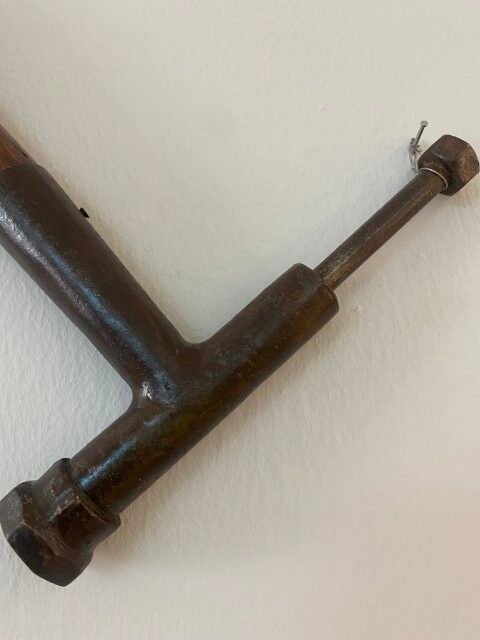
History
The origins of the European slaughterhouse hammer go back to the history of the livestock industry and the profession of butchery. From the Middle Ages onwards, the supply and processing of meat emerged as an important economic activity in Europe, and in the process various tools for slaughtering animals were developed. By the 19th century, increasing sensitivity to animal welfare and innovations in meat processing techniques encouraged more widespread use of abattoir hammers.
European Slaughterhouse Hammer: History and Use
The European abattoir hammer is a traditional tool that has an important place in the history of the meat industry and is used especially for the slaughter of animals. This special hammer is designed to humanely stun animals so that the meat processing process can be carried out more ethically and efficiently. The history of the European slaughterhouse hammer has been shaped in parallel with the development of animal husbandry and meat processing techniques.


Historical and Cultural Importance:
The European slaughterhouse hammer is a tool that reflects the developments in the meat industry as well as the growing awareness of animal rights. Today, these hammers are considered an important historical resource for understanding the butchering practices and meat processing processes of ancient times. Slaughterhouse hammers in museums and cultural exhibitions show visitors how advances in meat production and animal welfare were made in the past.
The European abattoir hammer has played an important role in the history of the butchery and meat processing industry. Both a tool of historical significance and contributing to the development of ethical slaughtering practices, it reflects the evolution of the meat industry and the growing sensitivity towards animal welfare.
Areas of Use:
designed. Predominantly seen in butchers and meat processing plants, it has a head designed to quickly and humanely stun the animal. This method allows the animal to be prepared for slaughter without suffering and helps to preserve the quality of the meat.



